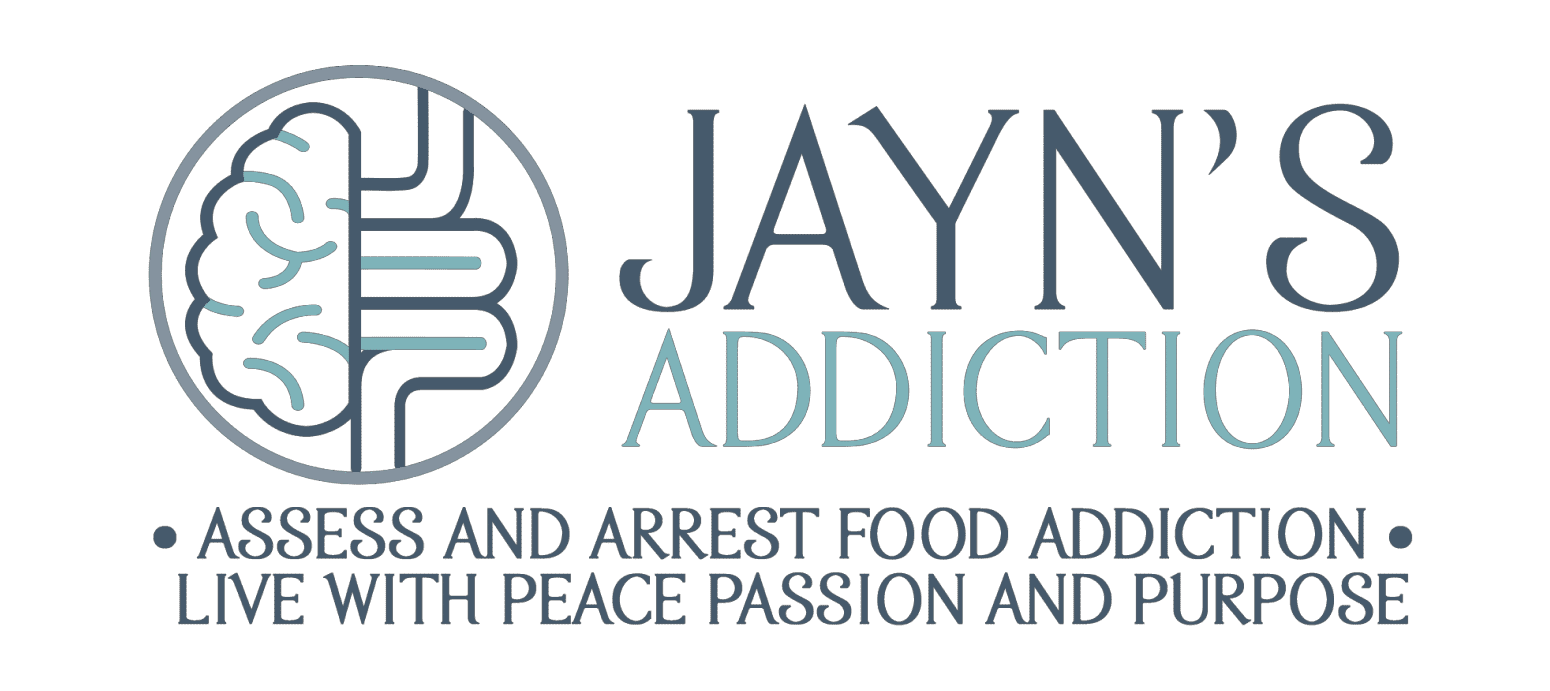I believed for years that if I ‘just have the right food plan, then everything will be okay’. Not true.
While eliminating addictive foods and eating practices is absolutely necessary for food addiction recovery, an abstinent food plan alone is not sufficient. By itself, it is simply ‘being on a diet’ – and a restrictive one at that. It’s impossible to maintain long-term.
People with addiction are habituated to use substances and behaviours to cope with discomfort – be it stress, feeling hungry, angry, lonely or tired (HALT) – and emotions, be it grief, boredom, anxiety, depression, joy, excitement, fear – anything really…
And, to compound this, when people with addiction see, smell, taste or hear (think of the sound of a can or a package opening, or the smell of popcorn at the movie theatre, or the bread basket being placed in front of you at the restaurant – you get the picture) our brains can be ‘hijacked’ into a “craving” to eat/drink that particular thing.
A “craving” can be understood as obsessive, intrusive, repetitive thoughts and/or uncomfortable physical ‘urges’ to seek and consume the substance (food, beverage, drug, etc), or to perform the particular behaviour (to eat, or to keep eating, to purge, to take laxatives or exercise to compensate, or to restrict/fast/starve. The messaging coming from the dopamine reward centre of the brain feels unrelenting, and relief from the thoughts/urges is ‘promised’ only by consuming the substance or acting on the behaviour.
Many people adopt a carnivore diet food plan (or keto diet meal plan) to gain relief from cravings – and given that carbohydrates and processed foods are well researched/proven to worsen cravings (and are even engineered to cause cravings) it can be helpful – there are many pitfalls.
Sweeteners (including stevia, monk fruit, erythritol) can cause cravings, even if they purportedly do not cause insulin increases. Many ‘keto friendly’ products have these sweeteners in them, and many ‘keto friendly’ recipes include these. The problem is not the insulin – the problem is that for a person for whom the dopamine reward system is hijacked by sweet taste – the sweeteners keep the addiction active. Consuming sweeteners begets craving and/or consuming more sweeteners, the sufferer never feels satisfied and overeats, or engages in bingeing and purging to compensate.
Dairy also tends to cause craving in people with food addiction, even though it is considered to be ‘keto friendly’. Dairy contains casomorphin, an opiate-like compound, which again can trigger the dopamine reward system and make it hard to stop eating once ingested. It also contains growth factor which can prevent weight loss, which is a primary goal of many people adopting a carnivore diet food plan (or keto diet meal plan). After all – dairy is designed to double the weight of a calf in 6 weeks, and put the calf into a soporific state after feeding…
Nuts (especially roasted and salted) despite being touted as ‘keto friendly’ have a highly palatable salt, fat, carb and ‘crunch’ factor that similarly affects the dopamine reward centre and can trigger cravings for more. Their being a ‘hand to mouth’ food also can trigger mindless or dissociative trance-like repetitive eating-process addiction behaviour.
Volume – eating a large amount of food in one sitting can, paradoxically, trigger a craving to keep eating, even when uncomfortably full. Some studies have shown that serotonin, the ‘happiness/contentment’ neurotransmitter, is largely manufactured in the gut/microbiome and can also be released when the stomach is stretched beyond a certain point. The popular ‘one meal a day’ (OMAD) encouraged in keto communities is not recommended for food addicts as it also can lead to significant overeating, and/or overeating fats in particular. People with food addiction do not have the same hunger/satiety signals as ‘normal eaters’ so the common advice to ‘eat until satiated’ doesn’t work.
Intermittent fasting – although eating defined meals, without snacking, and having 10-16 hours between dinner and breakfast is a very effective strategy for practicing food addiction abstinence, longer periods of fasting between meals can cause cravings to binge, or binge and purge, and/or further restrict food intake, which are “eating-process addictions”.
If you are experiencing any of these issues while trying to adopt a carnivore diet food plan or keto diet meal plan, an underlying food addiction may be the cause. Consider eliminating these foods and/or eating 2-3 weighed/measured meals a day, with no more than 16 hours of fasting between your last meal and your first meal the next day. Consulting with a food addiction assessment professional may also be helpful in creating an individualized food plan for you.
If you have any questions about the services I offer, please book a complimentary 30-minute Zoom session. I’d love to connect with you.
